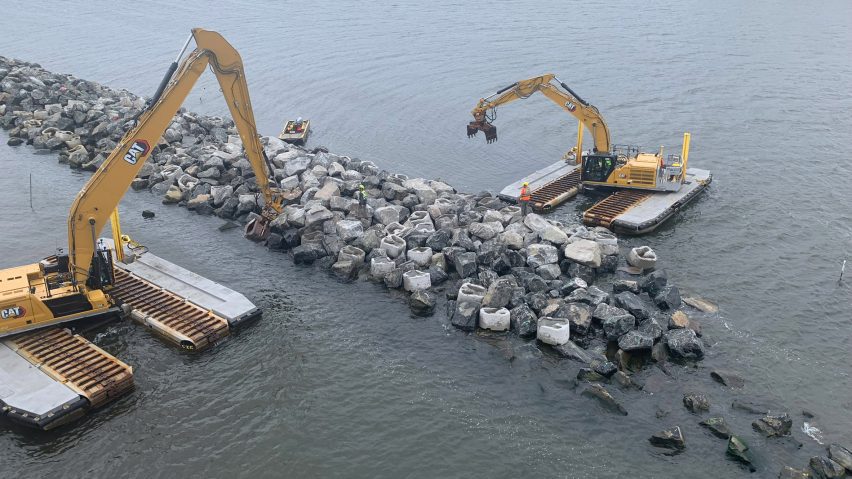
Ten designs and buildings that reduce the impact of environmental hazards
To conclude our Designing for Disaster series, we round up 10 design and architecture projects that aim to prevent, manage or aid recovery from natural-hazard events.
Running on Dezeen for the past two weeks, our series has explored the different approaches being taken to deal with severe earthquakes and worsening extreme weather events around the world.
Here we collect 10 interesting projects aimed at averting disaster, including a remote wildfire sensor, an artificial coral reef and earthquake-resistant bamboo housing.
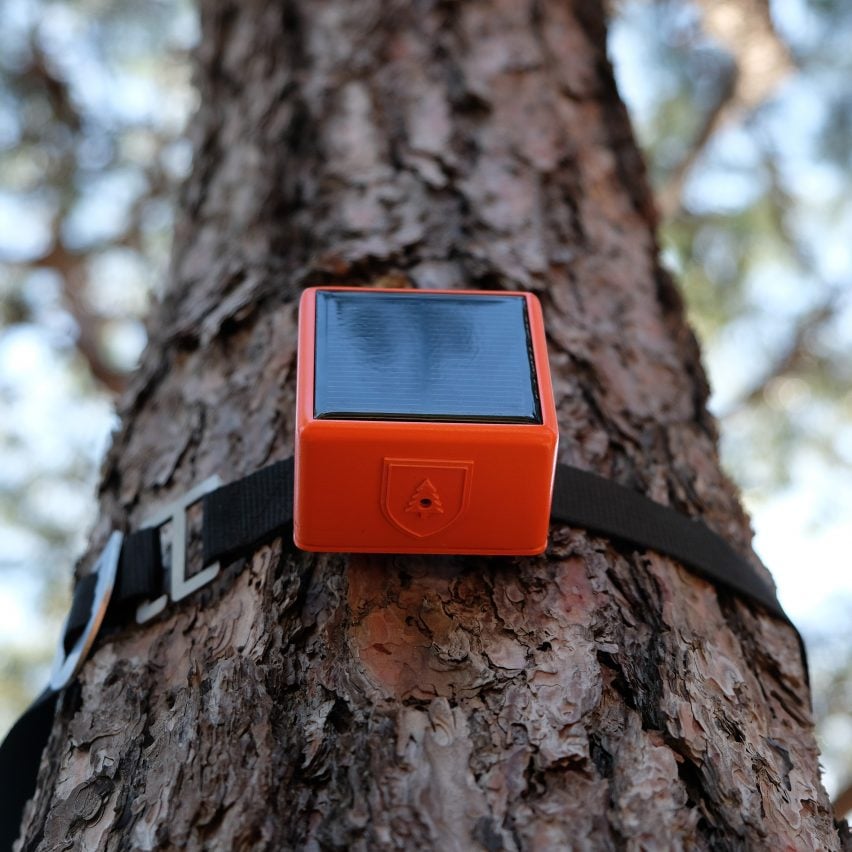
ForestGuard, Turkey, by students of İstanbul Bilgi Üniversitesi
Design graduates at the İstanbul Bilgi Üniversitesi created this forest sensor system that alerts local authorities to the presence of remote wildfires.
The bright orange device is belted around a tree, where it analyses temperature, humidity, air pressure and various gases in order to detect fire, using satellite connectivity to relay the data to the internet.
"We focused on the phrase, 'what if the trees themselves notify us'," said chief technology officer Suat Batuhan Esirger. "We approached it like a smartwatch; let's monitor the air in the forest below the tree line. So if something abnormal happens, we will know about it."
Find out more about ForestGuard ›
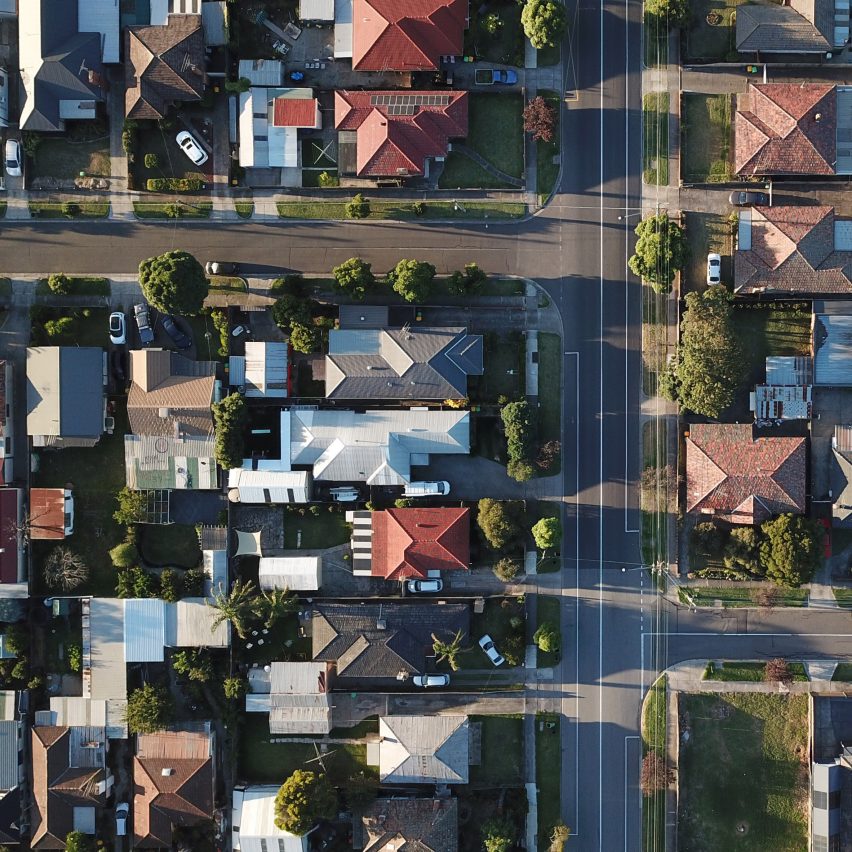
Climate Safe Rooms, Australia, by Tim Adams for Geelong Sustainability
Created by Tim Adams for non-profit community group Geelong Sustainability, the Climate Safe Room initiative seeks to insulate one room in a low-income household in order to create a place of refuge during extreme hot and cold spells.
The chosen room, which is often a living or dining room, is retrofitted with insulation, curtains or blinds, and made water- and airtight to prepare for extreme temperatures.
"The idea of climate safe rooms was to say, okay, the whole house is difficult and expensive to deal with, let's make sure that there's a part of the house that can be made to be habitable comfortably, both in winter and summer," Adams told Dezeen.
Find out more about Climate Safe Rooms ›
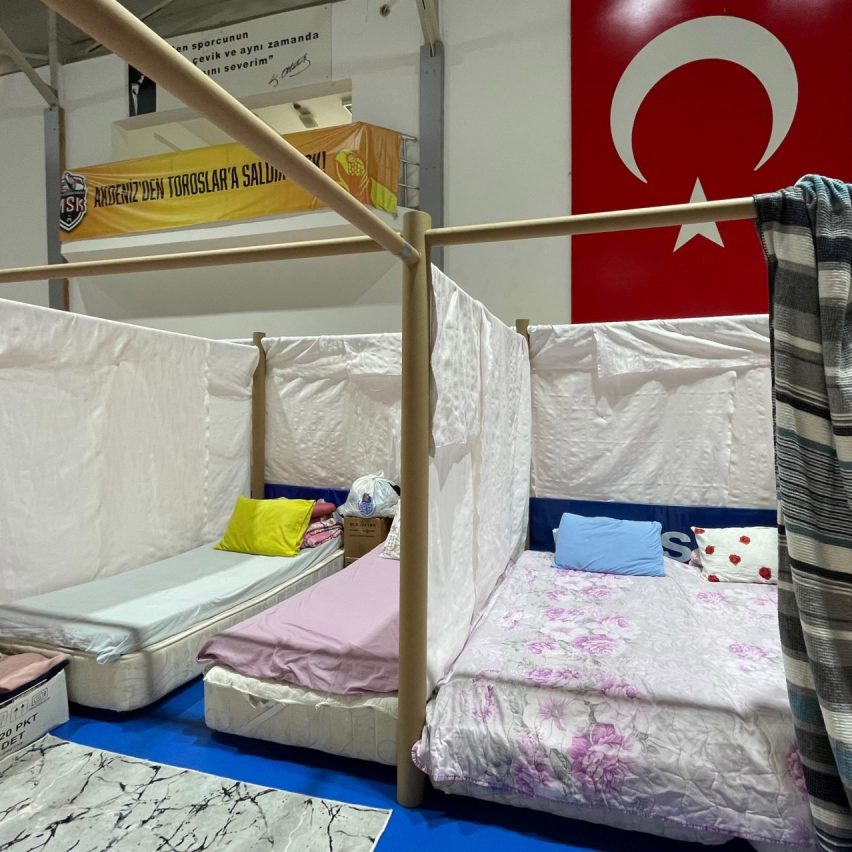
Paper Partition System, Turkey, by Shigeru Ban Architects
Pritzker Architecture Prize-winning architect Shigeru Ban provided his Paper Partition System to evacuation centres housing victims of the Turkey-Syria earthquakes that struck in February 2023.
The system, which was used during previous climate-related disasters and the Covid-19 pandemic, is made of cardboard tubes and textile partitions to create a series of private rooms that measure two by two metres or 2.3 by 2.3 metres.
Three people can build the shelters in just five minutes.
Find out more about Paper Partition System ›

Project Hero, Austria, by Land Rover and the Red Cross
Working with the Austrian Red Cross, Land Rover developed a search-and-rescue vehicle that comes equipped with a drone in order to scan the surrounding landscape during emergency response to landslides, earthquakes and other disasters.
When airborne, the drone transmits live footage to the rescue team below to provide a picture of the surrounding terrain, as GPS and maps often become moot.
A roof-mounted landing pad allows the drone to land on the vehicle when it's moving.
Find out more about Project Hero ›
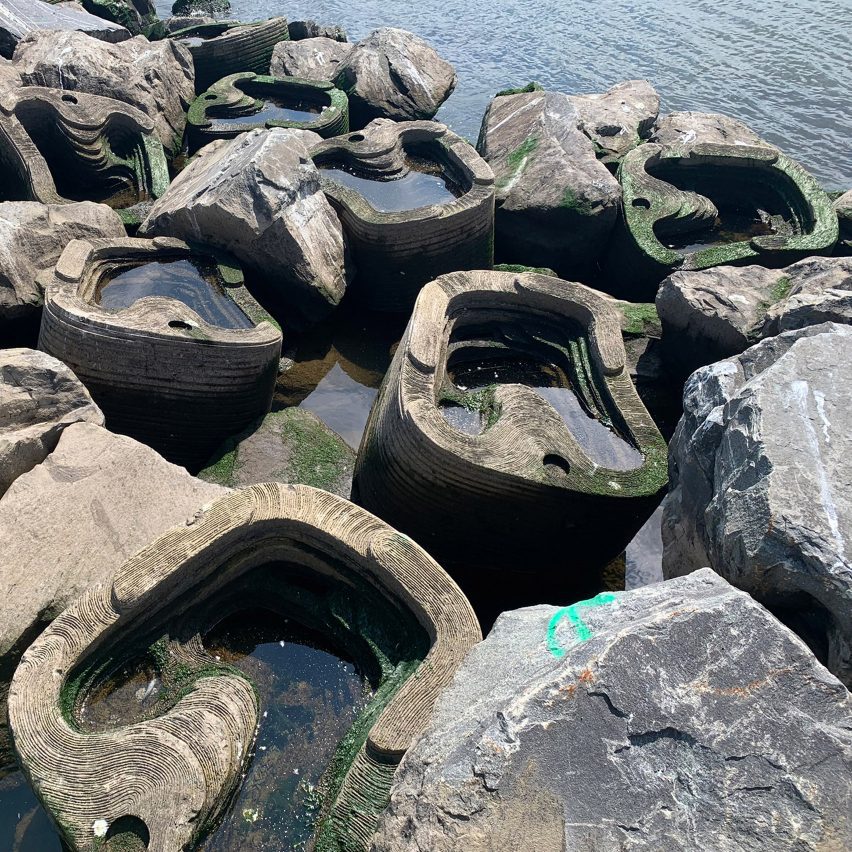
Living Breakwaters, USA, by Scape
Landscape studio Scape won the 2023 Obel Award for Living Breakwaters, a coastal defence system installed along New York City's Staten Island.
The project consists of a linear stretch of stones and concrete structures that reach into the water, similar to a jetty, in order to calm the water, preventing flooding while also reducing coastal erosion.
The large stones were also "ecology enhanced" to include grooves that will attract marine wildlife in order to create an artificial reef over time.
Find out more about Living Breakwaters ›
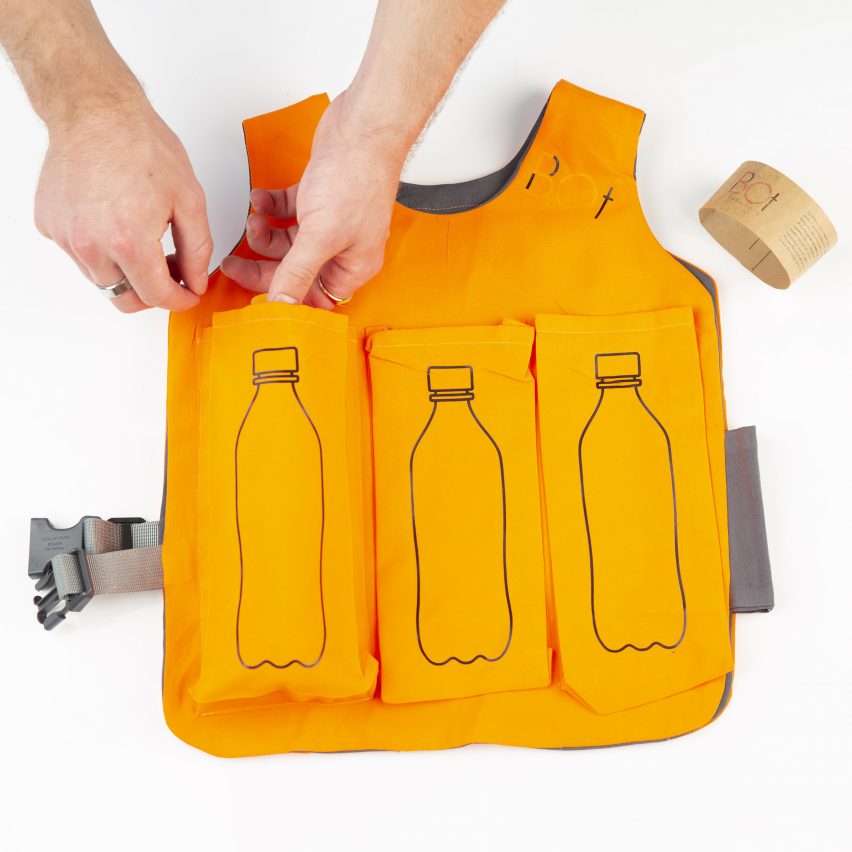
Bot lifejacket, UK, by Ewan Morrell
Northumbria University design graduate Ewan Morrell created a life jacket that uses discarded plastic bottles as floatation devices in flood-prone and low-income areas.
The Bot lifejacket would be created by waste generated from fast-fashion manufacturers on a charitable basis, which often burn waste material or sell it cheaply for insulation.
For buoyancy, four plastic bottles are inserted into large pockets on the front and back of the vest.
Find out more about Bot lifejacket ›

Template Houses, Indonesia, by Ramboll
Civil engineering company Ramboll worked with locals in Lombok, Indonesia to develop three earthquake-proof housing prototypes made of bamboo.
In the wake of several earthquakes in Lombok in 2018, the project seeks to provide earthquake-resistant blueprints for local homeowners that are also affordable and sustainable.
The project also encourages a move away from using construction materials and techniques employed in the West and big cities that are unfit for the area, in favour of using local resources.
Find out more about Template Houses ›
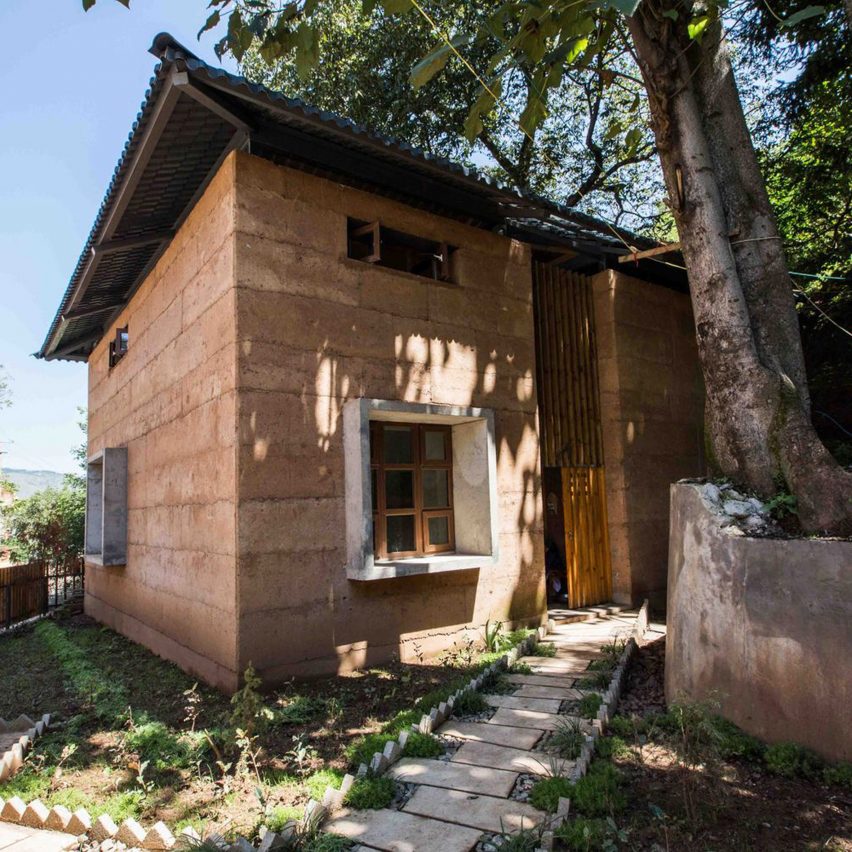
Rammed-earth house, China, by Chinese University of Hong Kong and University of Cambridge
This rammed-earth house prototype was developed in response to the 2014 Ludian earthquake in China.
Residents of Guangming Village in Zhaotong attempted to rebuild their homes after the earthquake struck, but earthquake-resistant materials like concrete and brick were too expensive for the reconstruction.
In response, a team made up of professors and design experts from the Chinese University of Hong Kong and the University of Cambridge developed a housing prototype that optimises a local traditional rammed-earth technique to be more earthquake resistant.
Find out more about Rammed-earth house ›
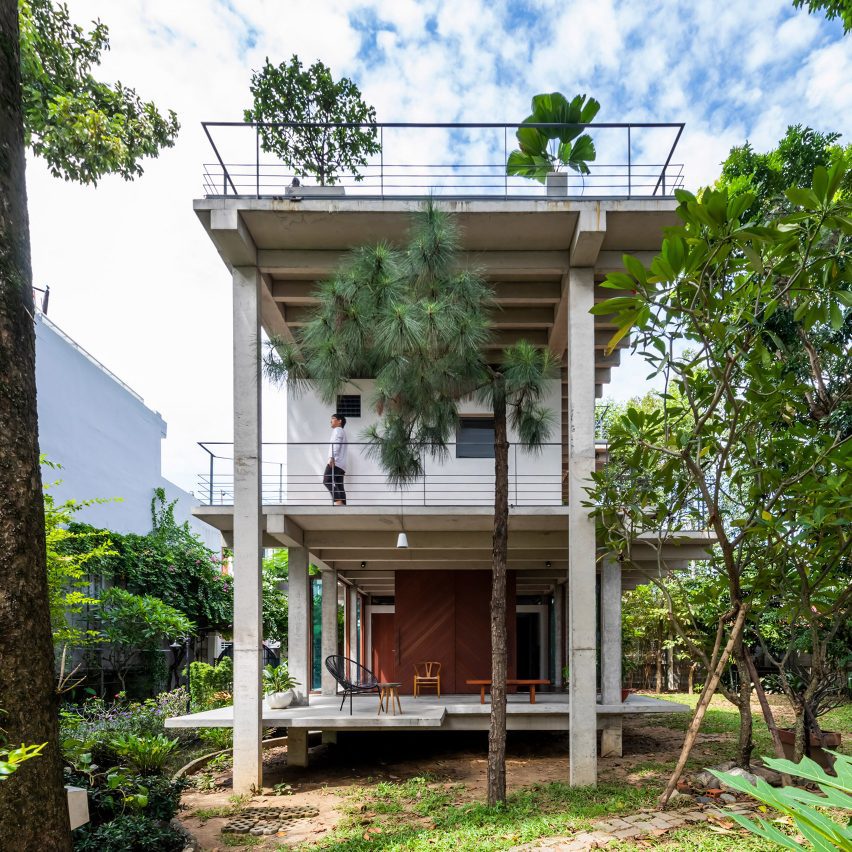
Floating House, Vietnam, by SDA
Architecture studio SDA elevated this home on the outskirts of Ho Chi Minh City in order to be more flood-resistant.
Located next to a river, its site often floods, so the studio lifted the structure one metre above ground to reduce the risk of water entering the home.
Its concrete structure is exposed, with around 70 per cent of its spaces open to the elements.
Find out more about Floating House ›
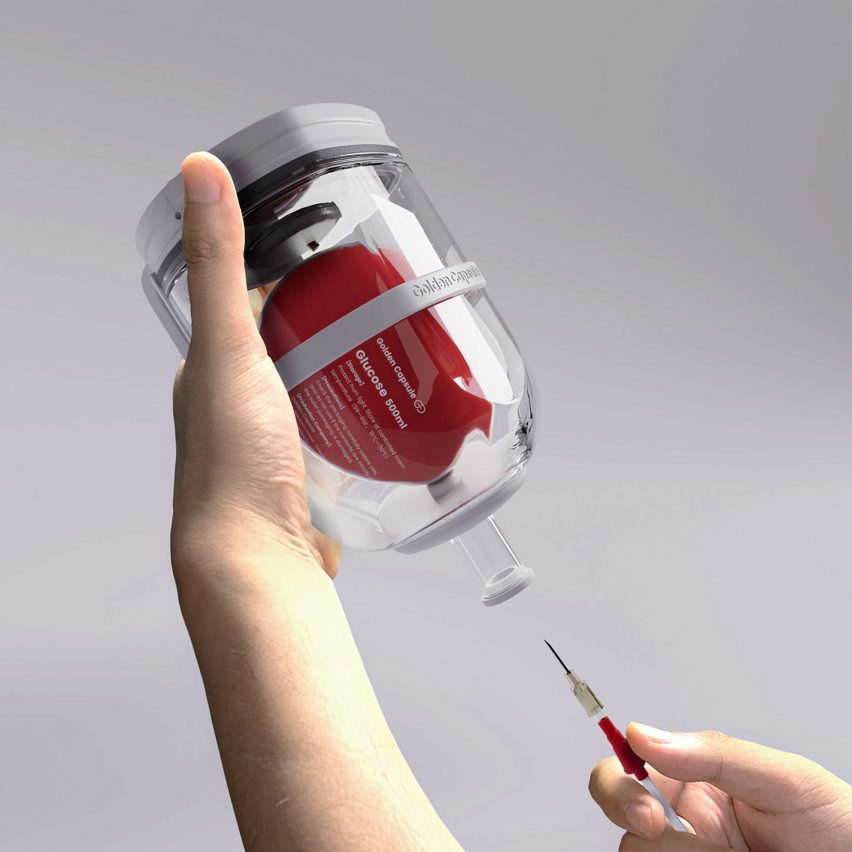
The Golden Capsule, South Korea, by Yujin Chae, Daeyeon Kim, Yeonghwan Shin and Yuan Bai
Recently unveiled as the winner of this year's James Dyson Awards International prize, The Golden Capsule is an intravenous (IV) device designed to be used by medics in disaster zones.
It was developed by Hongik University students as a response to reports that traditional IV packs were of limited use following the Turkey-Syria earthquake in February 2023 because of their reliance on gravity and electricity.
The Golden Capsule instead uses elastic forces and air pressure to release fluid into the patient, meaning it can be used hands-free and without a power supply.
Find out more about The Golden Capsule ›

Designing for Disaster
This article is part of Dezeen's Designing for Disaster series, which explores the ways that design can help prevent, mitigate and recover from natural hazards as climate change makes extreme weather events increasingly common.